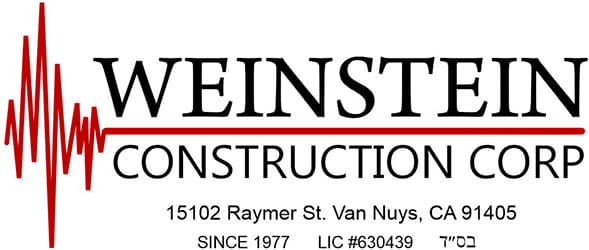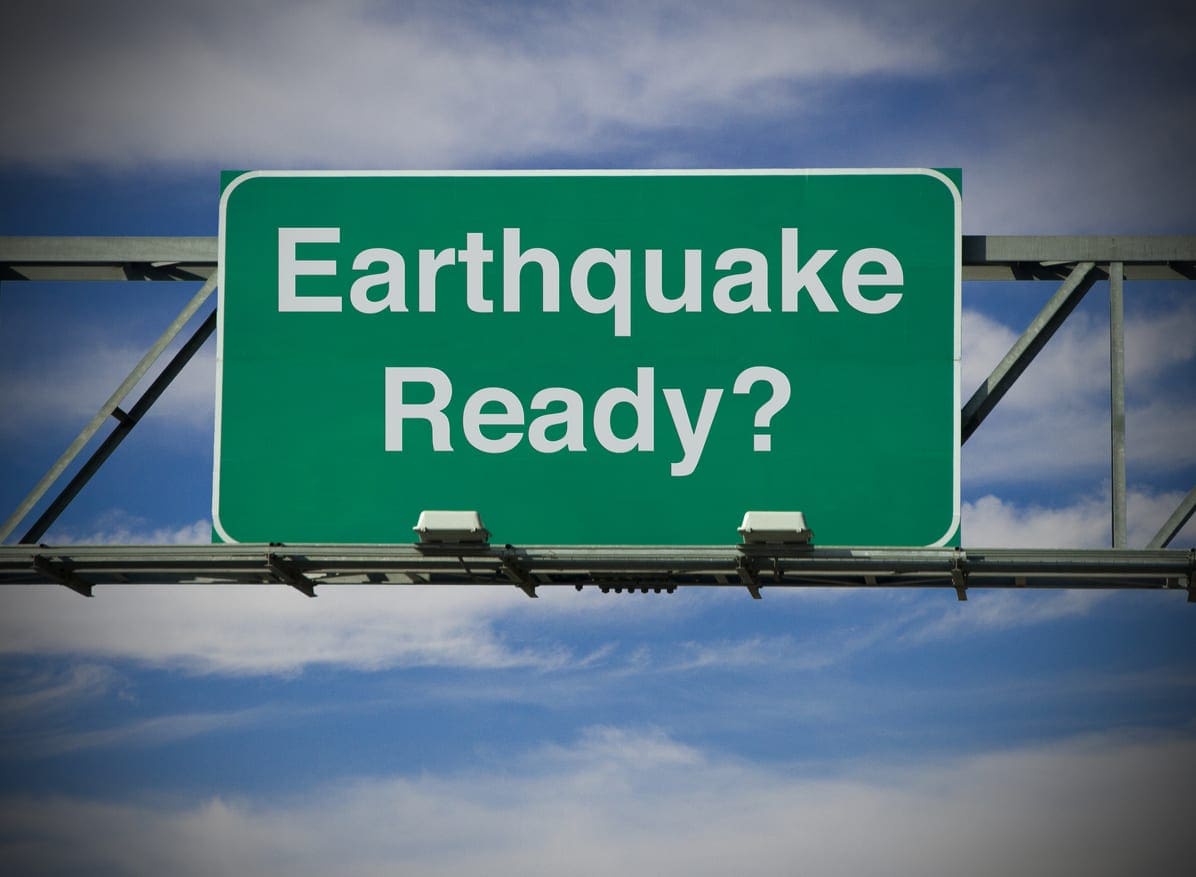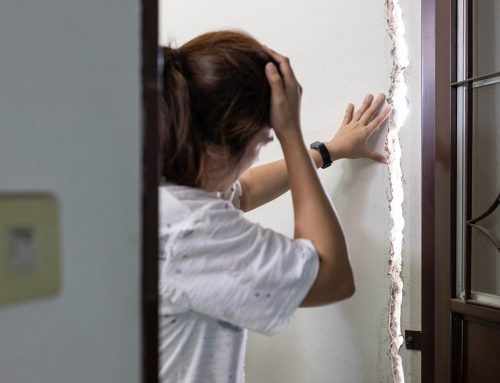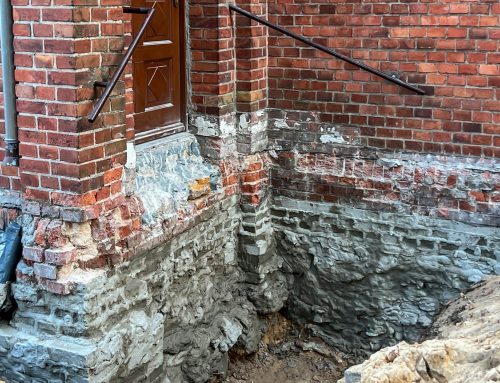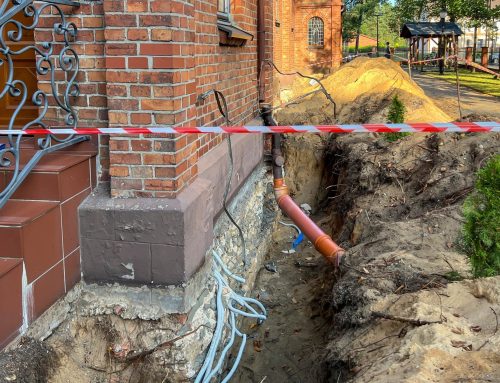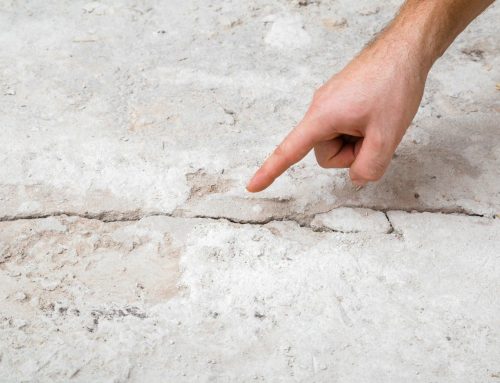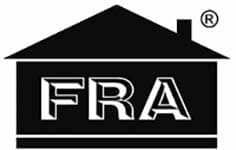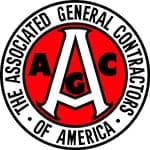Earthquakes are unpredictable natural disasters capable of causing significant destruction. While you can’t prevent an earthquake, you can take proactive steps to protect your home and family. From planning escape routes to reinforcing your home’s structure, preparing in advance can help minimize injuries and damage when disaster strikes.
How to Plan for an Earthquake
Preparation begins with a clear plan for your family. Discuss safety measures and identify strategies to stay safe before, during, and after an earthquake.
1. Identify Safe and Unsafe Areas
Determine the safest places in your home to take cover, such as beneath sturdy furniture or along interior walls away from windows and heavy objects. Avoid areas near large glass panes, mirrors, or heavy shelving that could fall. If you’re outside during an earthquake, move to an open area away from trees, utility lines, or buildings.
2. Create a Family Emergency Plan
Develop a plan that includes escape routes from your home and designate an emergency meeting place in case family members get separated. This ensures everyone knows where to go and how to reconnect after the quake.
3. Know How to Shut Off Utilities
Familiarize yourself with the location of your gas, electric, and water main controls, and learn how to turn them off. A broken gas line can cause an explosion, making this step critical for safety.
4. Assemble an Emergency Kit
Prepare a kit with supplies to sustain your family for several days. Include:
- Bottled water (one gallon per person per day)
- Non-perishable food
- A manual can opener
- Flashlights and extra batteries
- A first aid kit
- Essential medications
- Important documents in a waterproof bag
How to Prepare Inside Your Home
Securing your home’s interior can prevent injuries caused by falling objects or structural damage. Start with these practical steps:
1. Secure Gas Appliances
Install flexible connections or breakaway gas shut-off devices for all gas appliances. Consider adding a main gas shut-off device for easier manual control during emergencies.
2. Anchor Heavy Furniture
Use steel brackets to anchor bookcases, dressers, and filing cabinets to walls. Fasten all shelves securely, placing heavier items on lower shelves to reduce the risk of falling.
3. Add Latches to Drawers and Cabinets
Install safety latches on drawers and cabinets to prevent contents from spilling out. For fragile items like glassware or china, use museum-quality putty to keep them securely in place.
4. Secure Light Fixtures
Ensure that all ceiling lights, chandeliers, and other fixtures are firmly fastened to the ceiling. Loose fixtures can fall and cause serious injuries during an earthquake.
5. Anchor Appliances
Use straps or safety cables to anchor large appliances like refrigerators and washing machines to the walls. This prevents them from tipping over and causing additional damage.
How to Reinforce Your Home’s Structure
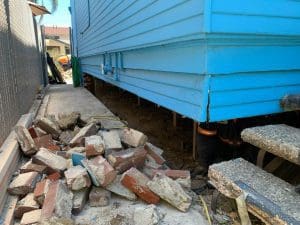 Your home’s structure plays a critical role in earthquake safety. Reinforcing it can significantly reduce the risk of collapse.
Your home’s structure plays a critical role in earthquake safety. Reinforcing it can significantly reduce the risk of collapse.
1. Add Anchor Bolts or Steel Plates
Install anchor bolts or steel plates between your home and its foundation. This strengthens the connection and prevents the home from sliding, overturning, or collapsing during an earthquake.
2. Brace Cripple Walls
Cripple walls—short wood walls between the foundation and the first floor—are vulnerable to seismic forces. Reinforce them with plywood sheathing for added stability.
3. Strengthen Chimneys and Masonry
Unreinforced chimneys, masonry, and concrete walls are prone to cracking and collapse. Brace these elements to improve their resilience against seismic activity.
4. Consult Foundation Repair Specialists
While many reinforcement projects can be done independently, consulting foundation repair specialists ensures your home’s structural integrity. These experts can identify potential vulnerabilities and recommend comprehensive solutions to keep your home safe.
Why Preparation Matters
Taking these steps before an earthquake strikes can save lives and minimize property damage. A well-prepared home is less likely to suffer catastrophic failure, and having an emergency plan ensures your family knows how to respond. By acting now, you’re protecting your loved ones and your investment in your home.
For professional assistance with seismic retrofitting or foundation reinforcement, contact a qualified expert to assess your home’s specific needs. Peace of mind starts with preparation.
